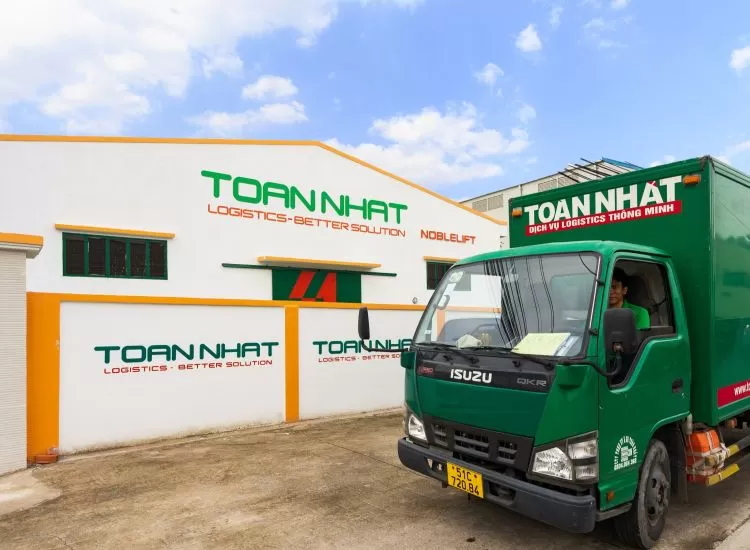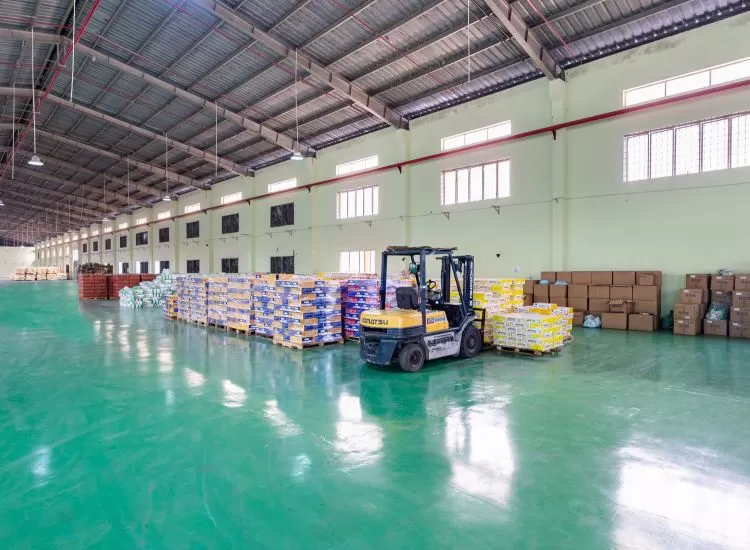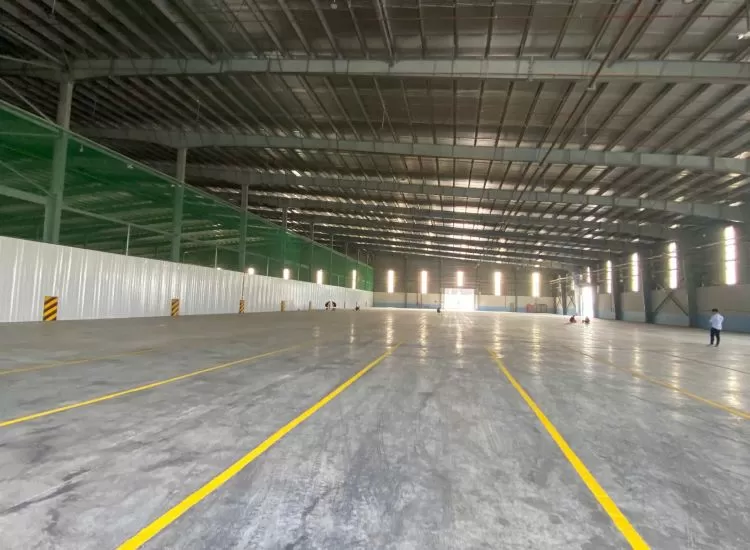Shippers Look for Alternatives as East Coast Port Strike Looms
North American shippers are looking for alternatives as a strike at US East Coast ports looms, as carriers weigh strategic options to deal with the situation.

Port of New York ( Photo: FurnitureToday)
While North American shippers and forwarders anxiously await further developments in the standoff between dockworkers and terminal operators on the US East Coast, carriers’ network planners will have to come up with alternative plans should a port shutdown occur.
However, a recent analysis by eeSea of how shipping services responded to the threat of a widespread rail strike in Canada provides some indication of how carriers might respond to a strike at a US East Coast port.
“While the recent rail strike in Canada was short-lived, the lead up was long and arduous. We did see a flurry of port swaps (ie vessels heading to Seattle in lieu of Vancouver) preceding and during the week of the 24-hour work stoppage on 22 August,” wrote Destine Ozuygur, eeSea’s head of operations and forecasting.
“There was a total of 19 completed swaps in the month of August alone, and three that are still active. There were also three vessels observed speeding up in order to make the cut-off before 0h00 on the morning of the strike but failed.
She noted that while port activity has recovered “relatively quickly” uncertainty has not gone away: “Blank sailings doubled into Vancouver from a total of six in August to 12 in September. Prince Rupert also saw five blank sailings in August, an uptick from the standard two-to-three per month that it has seen on average in 2024.”
She added, and we are seeing this amplified now on the US east coast compared to Canada, that “historically we have observed that the anticipation of a strike alone has the potential to cause a loss in volume and berth planning difficulties for targeted ports.
“All eyes are now focused on the East Coast, where carriers are yet to take significant strategic action but are no doubt weighing the options by the day,” Ozuygur noted.
She pointed out that many ports on the East Coast of North America have already struggled with delayed services, largely due to the Cape of Good Hope diversions and severe winter weather off the southern coast of South Africa.
And these are likely to impact not only ports that employ ILA workers, but also ports along the service chain.
“Along the East Coast, ports that share a spot on the rotation of Red Sea-impacted services like The Alliance’s EC5, exhibit a mixed bag of symptoms. While Halifax has indeed suffered extreme delays from vessels on this service and functions as both the first port of discharge and last load port in North America for the EC5, its average schedule reliability over the past two months has increased positively,” she said.
In contrast, eeSea data shows that Charleston has been experiencing increasing congestion since week 34, while average monthly schedule reliability has declined.
“Perhaps it’s the relative share of services utilising the South African passage that determines the scale of the effect: Charleston’s share of services sailing past the Cape of Good Hope stands at a whopping 48%, while Halifax has 12% of her total services affected. A massive neighbour like New York/NJ is at 36% with no changes to its usual congestion patterns and an average 12-hour improvement in schedule reliability since July.”
Another large neighbour for comparison, Savannah, has a 40% share of Red Sea impacted services and has seen a 12-hour decline in average schedule reliability since the start of July, along with characteristic ups and downs in congestion.
“Regardless of the scale of relative impact, the dangerous seasonal weather conditions surrounding the Cape this time of year have only served to increase existing delays on these routes over the past three weeks.”
Other carriers will now be assessing available capacity at nearby ports – Caribbean transshipment hubs at Kingston, Caucedo or Bahamas Freeport could be an option; Canadian gateways such as Halifax, Montreal and St John are obviously another option; or there could even be capacity at West African ports where containers on the US east coast that are on the water if/when there is a strike could be used as storage at the transshipment point.
Source: Phaata.com (via TheLoadStar)
Phaata.com - Vietnam's First International Logistics Marketplace
► Find Better Freight Rates & Logistics Services!






















.webp)
.webp)
.webp)

.webp)











